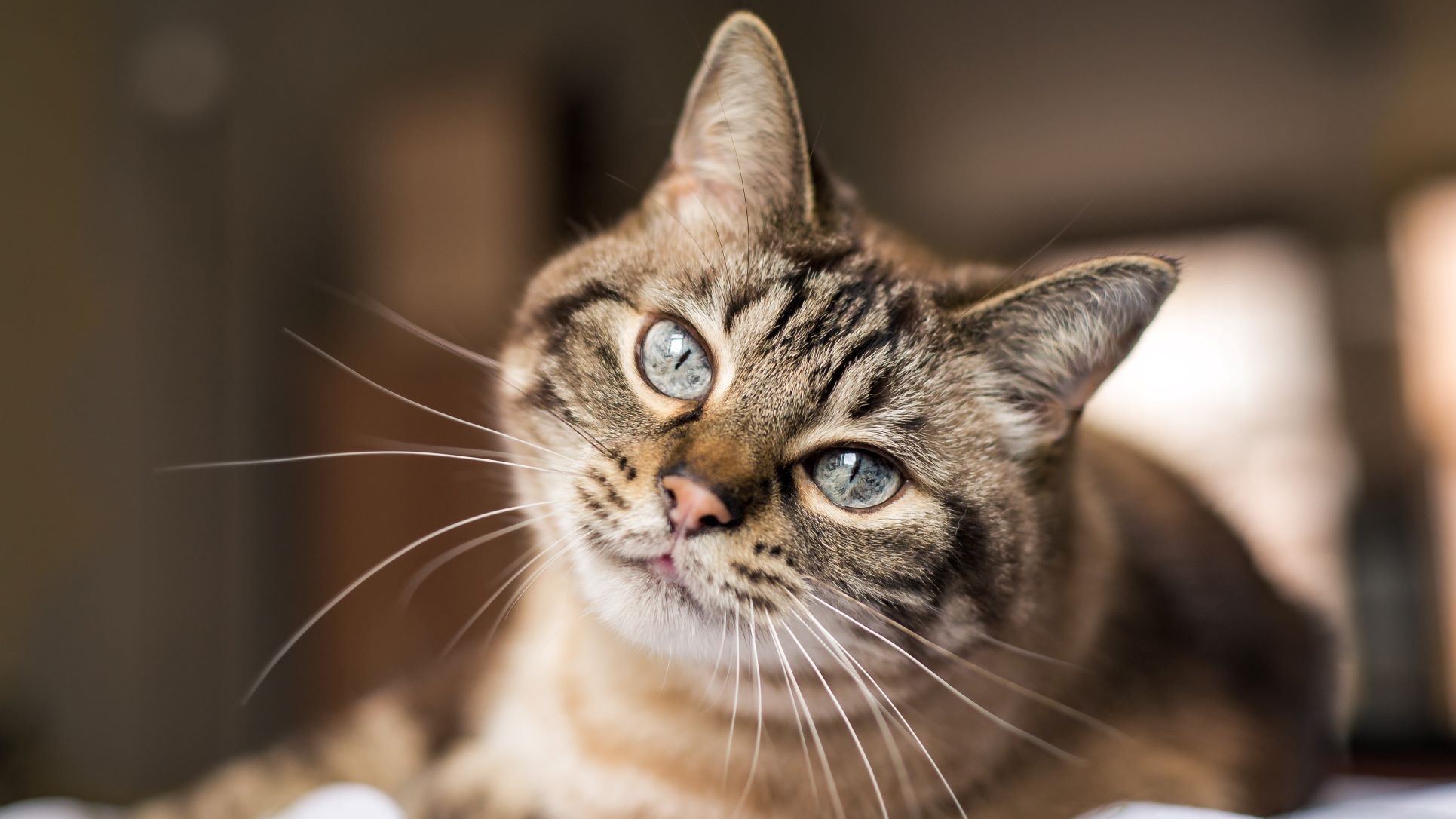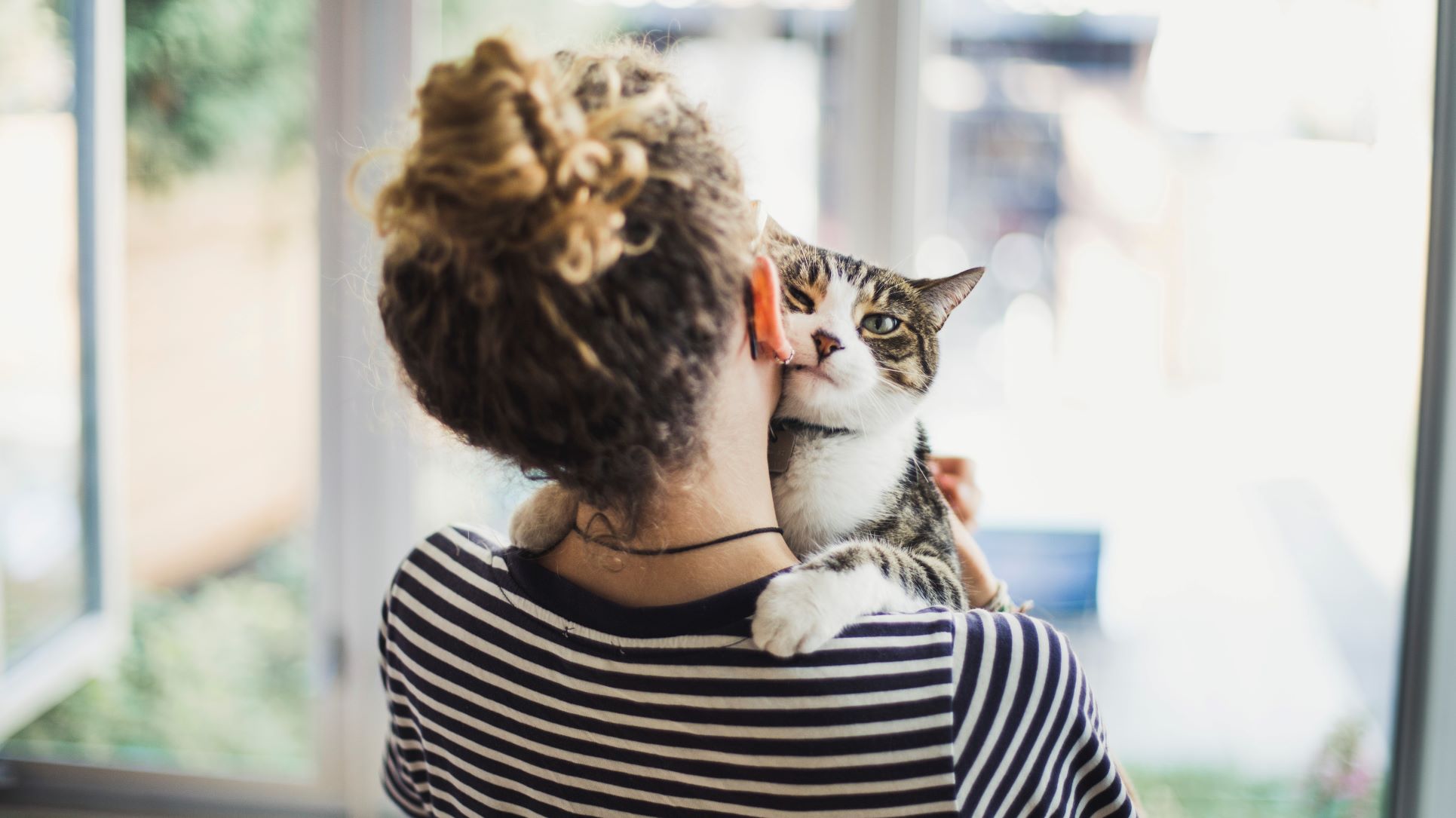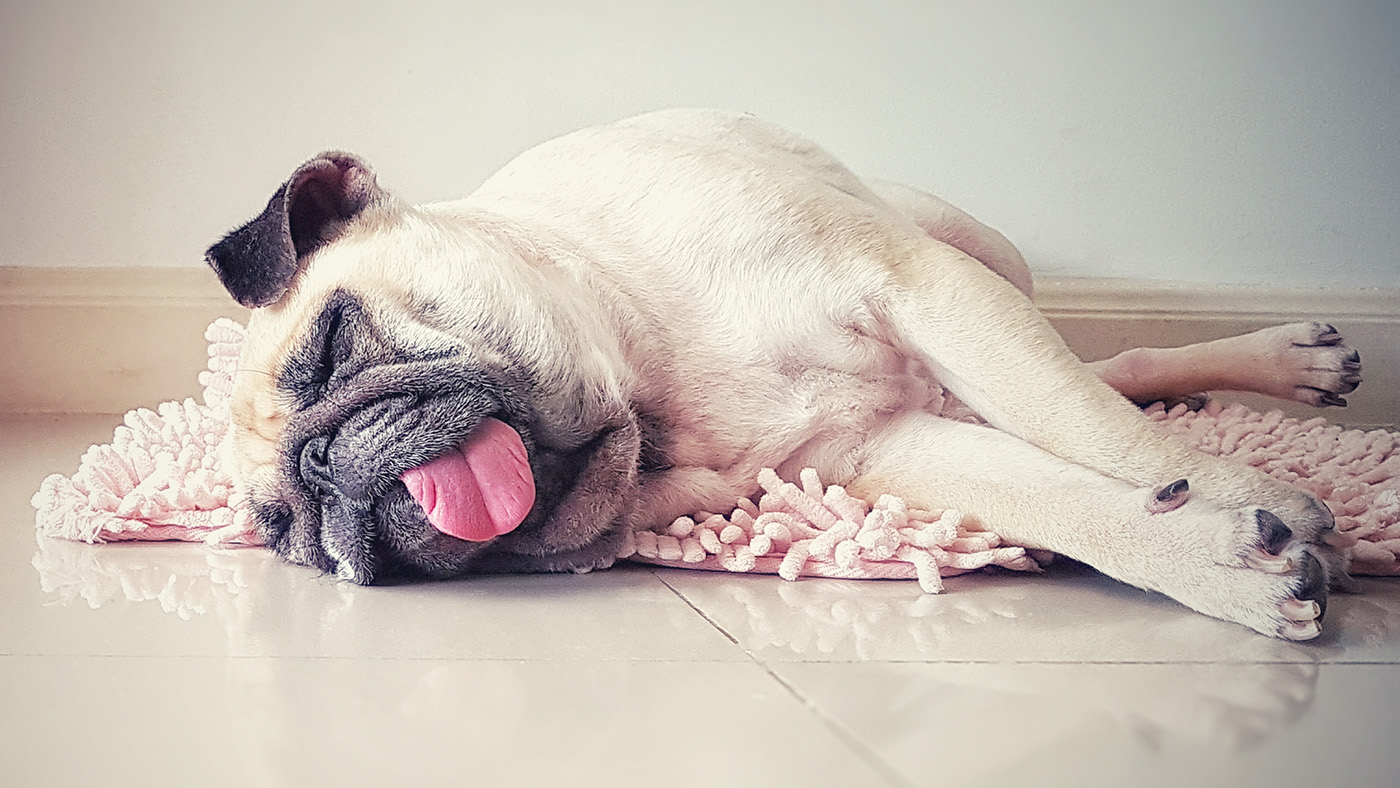Why do cats have whiskers?
Wondering why do cats have whiskers? Turns out there's more than one reason...

Are you wondering why do cats have whiskers? From asking why cats always land on their feet to pondering the origins of cats having nine lives, it's fair to say there are a lot of questions when it comes to cats!
In this feature, we’ll answer all your questions on the latter. We take a look at why cats have whiskers in the first place, what they actually are and what they use them for - there are some very surprising functions! We’ll also look at what happens when you touch a cat’s whiskers and find out whether they ever fall out.
Hopefully, this in-depth look at cat’s whiskers helps you come to understand your feline friend a little more. Because whether it’s buying the best dry cat food or finding new ways to play with your moggy, we know our readers think their cat is, well, the cat’s whiskers.
What are whiskers?
Cats typically have a dozen whiskers split into four lines on each cheek, along with a few more roughly where humans have eyebrows, some under their chin and on the wrist area behind their front two paws, according to the University of Melbourne. But what actually are these wiry feline hairs?
“Whiskers are an essential sensory tool for cats, as they are specialized stiff hairs made up of keratin protein. While the hair itself has no nerves, the follicles located at the base of each whisker are full of nerve endings and blood vessels,” says Steph Drake, Community Outreach Officer at Woodgreen Pets Charity.
And they aren’t just for good looks. “The follicles contain sensory neurons that transmit information to the cat's brain, in the same way that the fingertips of humans send messages to our brains,” adds Drake.
This enables a cat to carry out several tasks more efficiently. “Whiskers help cats to navigate their environment, judge distances and even detect subtle changes in air currents that can signal prey or danger. Therefore, it's important not to trim or remove a cat's whiskers, as it can impair their ability to function normally,” advises Drake.
PetsRadar Newsletter
Get the best advice, tips and top tech for your beloved Pets

Steph Drake is a highly experienced animal welfare professional, with over 30 years spent working in cat rescue, and holds a Master's in Clinical Animal Behaviour. Her work has focused on helping feral cats and kittens through trap, neuter, and release (TNR) schemes and re-siting them to safer locations. Having owned her own pet-sitting business for almost two decades, Steph also has a deep understanding of animal care and handling. In October 2020, she joined Woodgreen Pets Charity, where she worked in the Cats section before moving to the Outreach team. In her current role, Steph educates and supports pet owners to ensure that their pets' welfare needs are met, making a positive impact on their lives.
Why do cats have whiskers?
The main reason cats have whiskers is to give the cat a sense of touch. “The sensory cells at the base of each whisker are stimulated by vibrations in the whisker hair. This helps cats to avoid solid objects that they might run into and to detect movement nearby. In this way, whiskers help cats to make sense of their environment, avoid threats to their face such as twigs and hunt better at night as the hairs allow them to sense their prey and alert them to predators,” says Steph.
The whiskers on the back of their front paws are used to make up for short-sightedness, when they catch prey it gives them an idea of where the prey are in the feet, according to researchers at the University of Melbourne.
Whiskers can help avoid your cat from getting into certain trouble. “Whiskers can also prevent cats getting stuck in small spaces as they generally stick out as wide as their body, allowing them to know the size of space they will fit through,” adds Drake.
And if you were wondering why cats always land on their feet? Whiskers have a role to play there too! “A cat’s whiskers help them to, hopefully, always land on their feet – the way gravity pulls on the hair will tell a cat which way up it is in relation to the ground,” says Drake.
But whiskers aren’t just used for a sense of touch, they can also be used for communication. “For example, when a cat is in hunting mode, their whiskers tend to face forwards in a state of alertness, whereas whiskers may be in a more neutral position when the cat is relaxed or pulled closer to their face when scared or feeling unwell,” says Steph. That’s quite a lot of function for what just looks like a sprinkling of hairs.

What happens if you touch a cat’s whiskers?
“Cats can have different reactions to having their whiskers touched. While some cats may not mind it, others may dislike it. It's important to note that touching the whisker hair itself doesn't cause pain as there are no nerves in it. However, the nerve endings at the base of each whisker are sensitive, and pulling out a whisker can be painful for the cat,” says Drake.
For that reason, it’s very important not to cut or trim a cat’s whiskers. “They serve an essential function in providing sensory information to the cat about their environment. Cutting the whiskers can cause confusion and disorientation for the cat. Therefore, it's vital to handle a cat's whiskers with care and avoid cutting them,” she adds.
Sometimes whiskers have to be cut for medical reasons, for example, if a cat had an abscess in their cheek your vet would have to trim them to create a clean surface. If that happens to your cat, try not to panic. It isn’t painful for them to be cut because there are no nerve endings in them, and new whiskers will grow back over the course of a few months. It can make your cat feel a bit disorientated and possibly even frightened, so they might just need an extra bit of love and reassurance until they fully grow back.
Do cat whiskers fall out?
Now you know what they are and what they do, but do you ever need to be concerned about the health of your cat’s whiskers? “Cats' whiskers, like all hair, undergo a natural cycle of growth, shedding, and regrowth, with one or two whiskers typically shedding at a time,” says Drake.
But is there ever cause for concern? “If you notice an excessive loss of whiskers, it could indicate a medical condition and you should consult your vet,” Steph adds.
There’s plenty more feline information for you to absorb. Why not read up on some fascinating facts about Siamese cats or find out what foods kittens can eat besides cat food. Want to learn about whisker fatigue? Check out this vet’s guide for symptoms, causes, and how to help them.

Abby is a freelance writer and dog owner. She currently has two golden retrievers, Lowen and and Indy, but has previously had many other pets, including rabbits.
Abby has written for Metro, House Beautiful, Fit+Well, and more. Alongside this, Abby also volunteers at a local dog rescue centre, helping out with daily activities, such as walking, feeding and grooming.
